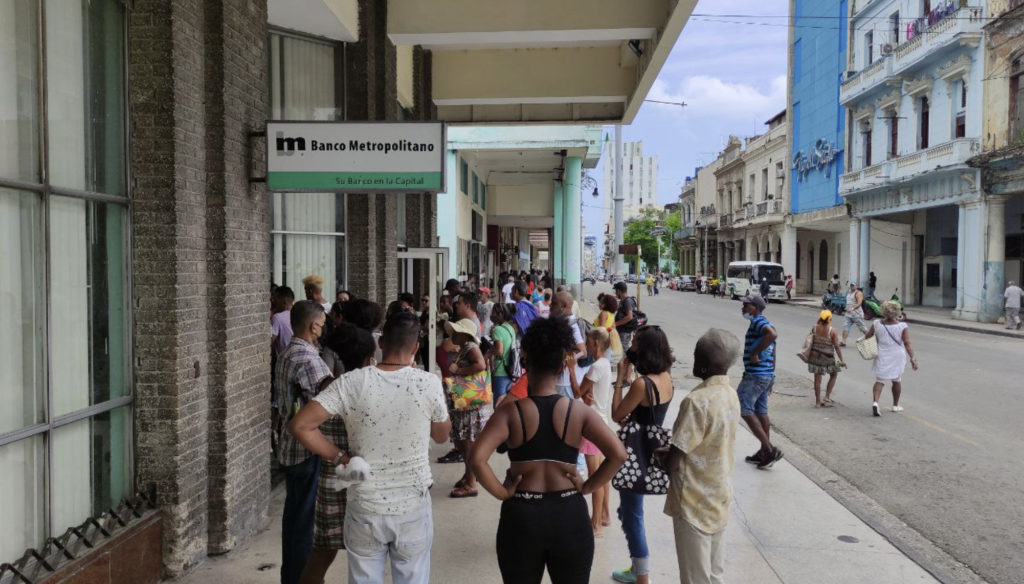Cuba’s ’Freely Convertible Currency’ (MLC) Is Becoming Less Effective as a Tool for Extracting Hard Currency Remittances.

14ymedio, Miguel Alejandro Hayes, Miami, May 18, 2024 — After being suspended for several months, Western Union’s remittance service to Cuba resumed on May 9. The operation basically remains the same. Cubans living overseas will make deposits in U.S. dollars which recipients in Cuba will receive as “freely convertible currency” (MLC) via an ATM card.
It is worth remembering that the MLC is, in essence, a digital version of the now defunct convertible peso (CUC). It is the local currency into which three banks — Banco Metropolitano, Banco de Crédito y Comercio, and Banco Popular de Ahorro — convert remittance transfers.
That seems like good news but is it really? And for whom?
The MLC is essentially a mining operation masquerading as monetary policy, a way to insure that remittance transfers end up in state-owned banks. The more remittances Cubans living overseas send through Western Union, the more hard currency there will be in accounts at the aforementioned Cuban banks.
At the same time, earnings for the military-run business conglomerate GAESA are growing thanks to Fincimex, its financial investment and remittance company. Channeling foreign currencies through state banks is not conducive to secrecy, something on which GAESA relies to run its operations. Remittances could just as well move through the military’s own banks such as the International Financial Bank (BFI) or directly through foreign banks. Fincimex has successfully promoted its own bank cards, which are not linked to state banks, as a way to tap into the remittance market. It has also announced alternatives to Western Union, specifically Tocopay and Vidaipay, as a means of sending dollars to Cuba. So the resumption of Western Union’s operations is not exactly great news for GAESA.
At the same time, the MLC


